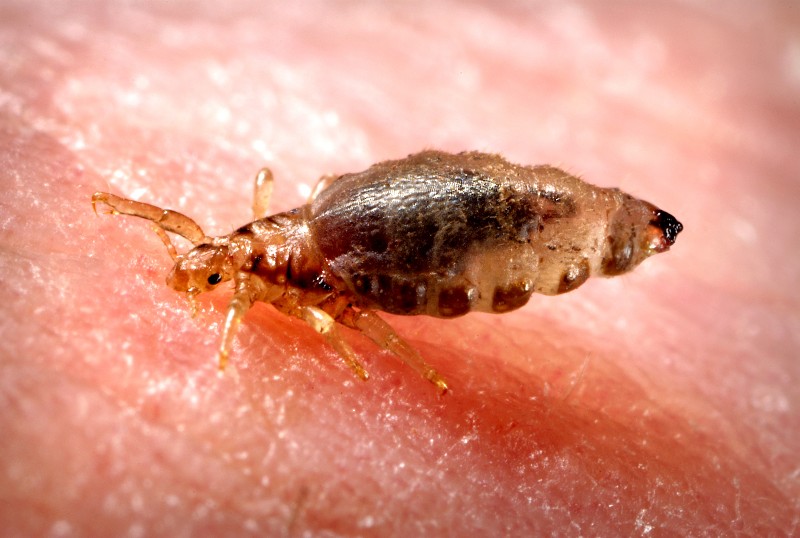Ectoparasites in the Correctional Environment

Human scabies is an intensely pruritic skin infestation caused by the host-specific mite Sarcoptes scabiei var hominis. Scabies is a global public health problem, affecting persons of all ages, races, and socioeconomic groups. Worldwide, an estimated 300 million cases occur annually. Overcrowding, delayed diagnosis and treatment, and poor public education contribute to the prevalence of scabies in industrial and developing nations. While it is easily treatable, scabies remains common because of the difficulty in diagnosis, the inadequate treatment of patients and their contacts, and improper concurrent environmental control measures to eradicate the mites. Scabies is a great clinical imitator, and because of this, its symptoms and cutaneous manifestations often result in a delayed diagnosis.
Pediculosis (ie, louse infestation) dates back to prehistory. The oldest known fossils of louse eggs (ie, nits) are approximately 10,000 years old. Louse infestation remains a major problem throughout the world, making the diagnosis and treatment of louse infestation a common task in general medical practice. Lice are ectoparasites that live on the body. Lice feed on human blood after piercing the skin and injecting saliva, which may cause pruritus due to an allergic reaction. Lice cannot fly or jump – they crawl.
In the correctional setting, an outbreak of ectoparasites (scabies or lice) could quickly spread and become epidemic. Staff and inmates who do not understand the causes and epidemiology of ectoparasites may panic, and will require a great deal of education regarding communicability and treatment.